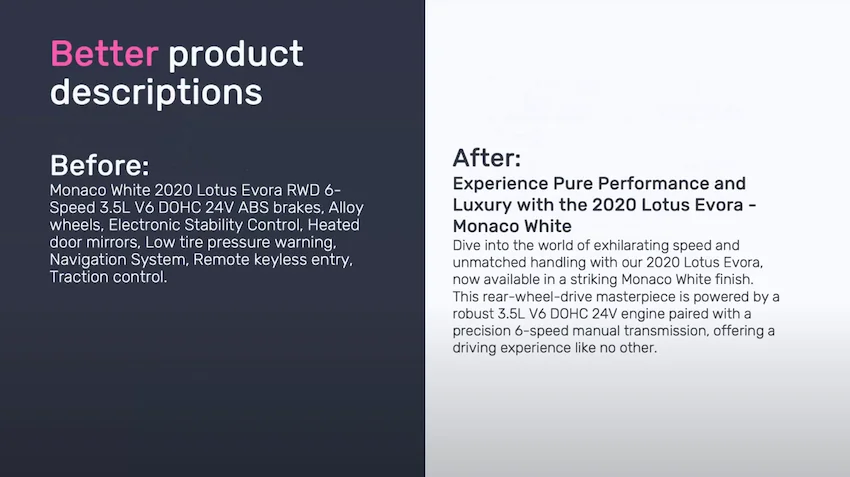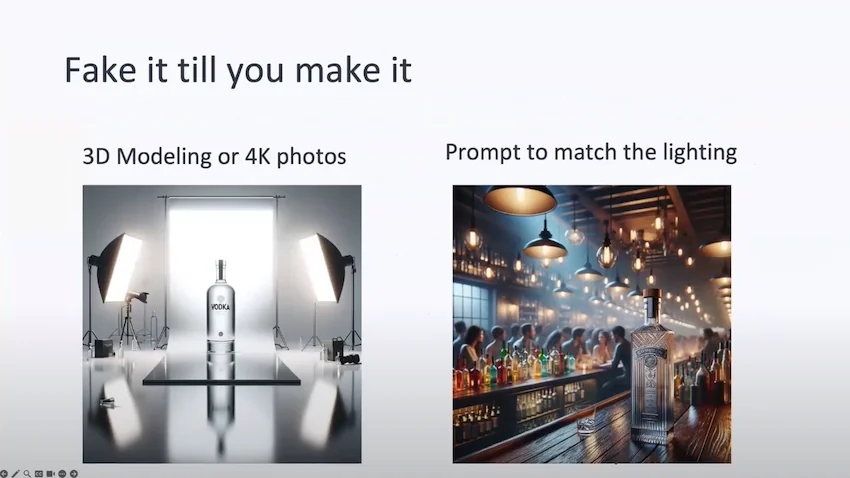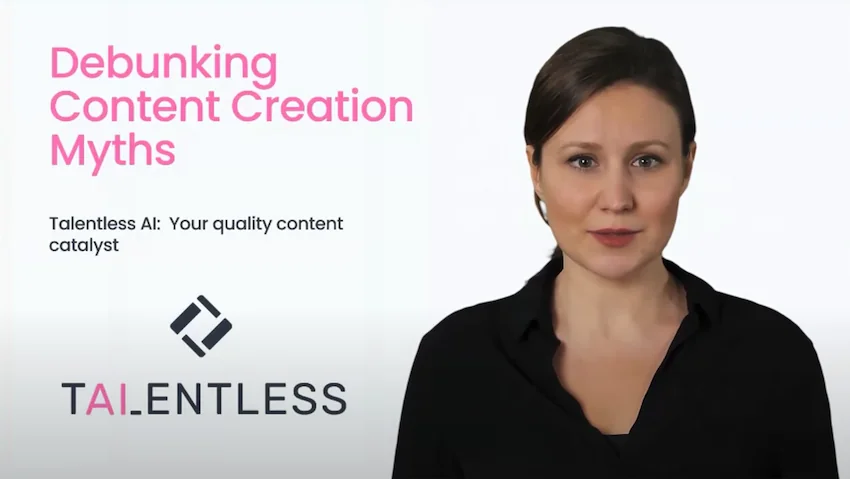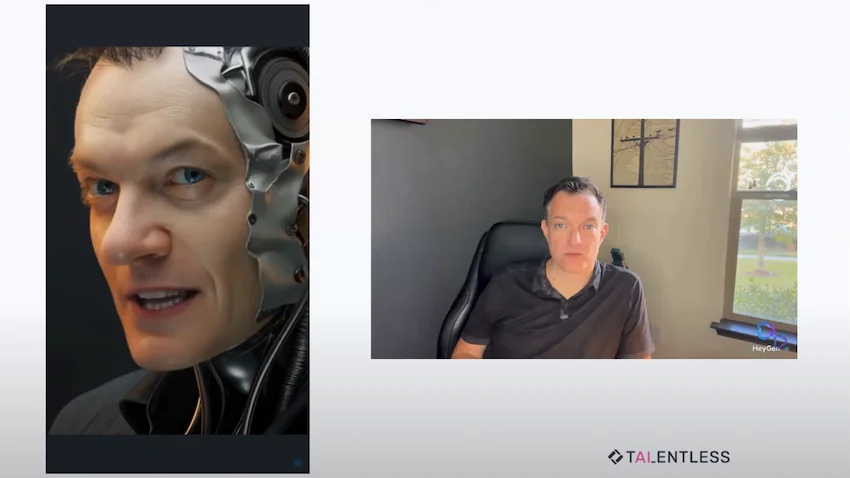In this webinar, Steve Mudd of Talentless AI, explains how eCommerce sellers can leverage AI, and what changes they should keep an eye on in the future. He breaks down the varied ways that AI can streamline a business’s processes.
Steve has perceived a lot of pushback against AI at the moment, but he feels differently: “Is A.I. making us less human? No, I think it is actually going to make us more human.” In his view, there is potential to expand the humanness of interactions between people. In addition to that it is also set to make things faster and cheaper, allowing businesses to experiment more.
To Steve, the language models that power AI are essentially huge collections of writing, images, and videos. He feels that Genenerative AI represents the greatest collection of storytelling artifacts ever assembled. There is a structure to how stories get told, and how they work, which is encapsulated in language and writing. Generative AI captures all those things, in Steve’s view.
This is underscored by the category of ‘text to X’, which includes text to speech, text to image, text to word, text to video, etc. All of these features start with ideation and prompts that are entered via text.
Content creation
ChatGPT is “a wonderful brainstorming tool,” in Steve’s opinion. He recommends asking it open-ended questions and trying multiple different versions with different angles. You can ask it to provide different examples or use a different voice. Providing ChatGPT with positive or negative feedback can also help it produce the results you need.
Steve also recommends Jasper, which he considers to be “the preeminent writing tool for marketers.” It allows you to enter your campaign brief and it will create content, write blogs and landing pages and emails. All of this from a single prompt creates content in multiple formats you need for your business.
As an example of the benefits of text-based AI, Steve once visited a car dealer’s website and saw a car’s description that he found was lacking. Within a few minutes, he asked ChatGPT to create something more interesting and exciting. The results were instant, offering text that was far more engaging.

This method also worked for creating different descriptions of the same product that would appeal to certain demographics, like gearheads, luxury enthusiasts, or Spanish speakers. After previously employing translators, Steve now relies entirely on ChatGPT for foreign language texts.
Image creation
Now that image generation is so accessible, Steve strongly recommends that businesses move away from stock images. In his years in the B2B industry, he has seen that everybody is using the same collection of stock images, which has gotten repetitive. AI image generators like Midjourney can create high-quality images that almost look real. Learning how to create the right prompts is going to be a huge skill that sellers can teach themselves through trial and error. The results can be great.

AI image generation is also a great tool for businesses with a stylized image that they want to cultivate. You can easily insert prompts to create images in the color scheme and style of your brand.
Product imagery

Another emerging trend is AI-generated product imagery. This means taking a picture of your product and inserting it into an AI-generated background that makes it more appealing to your target audience. To maximize this technology, Steve recommends taking high-quality 4K photos of your products from several angles and with different lighting. It is not always easy to incorporate images into an AI-generated background. However, you can prompt Midjourney and similar tools to match the lighting of your original product photo.
Another aspect of this technology is the ability to augment your old product photos to make them more interesting. Steve used a service called Runway to modify a picture of himself wearing a cowboy hat as an example. It was able to expand the original photo by generating more of the background. From the original photo, on the left, it was able to generate two new pictures with different colors, lighting, and backgrounds.

Synthetic media

Synthetic media allows for the creation of a wide array of video content, with AI-generated people that are almost lifelike. They are highly customizable and can read text with near-human flow in some cases. One example is Synthesia. Brands can leverage such services to build an explainer video as simply as they previously put a PowerPoint presentation together. It can also be used for more engaging content on company websites and emails.

This technology is also capable of creating lifelike avatars of real people, as Steve demonstrates in the image above. While this opens the door to a lot of exciting content ideas, he also stresses that it is important to keep the ethics of using AI in mind. Generating images and videos of real people should only happen if they have given their direct consent beforehand.
All in all, Steve sees immense potential in AI for eCommerce sellers. Ultimately he recommends trying out the many tools available on the market to develop a better ability to understand and learn what awaits us in this space. He cautions against making long-term financial commitments to one AI service, as there are always new ones popping up that disrupt the market and set new and higher standards.